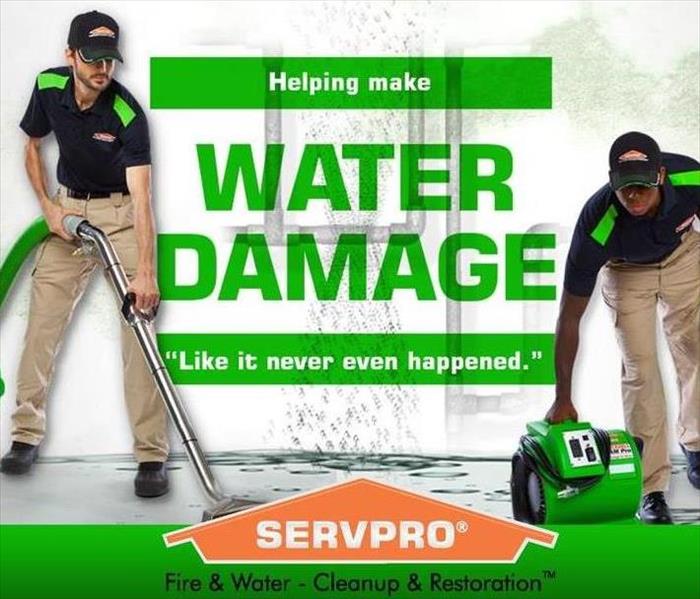Understanding the 3 Water Classifications
2/26/2019 (Permalink)
It doesn’t matter what type of water has caused damage to your home or business, SERVPRO® of North Huntington is here to help get the situation under control and make it "Like it never even happened." Don’t hesitate to reach out to us if you need emergency cleanup and restoration services!
All floodwaters are not created equal, as you will read in this blog. It is easy to think that all water causing damage is the same, but there are three classifications for it: clean, gray and black. By understanding the differences in these types of water, you will understand how to better handle a floodwater situation.
Regardless of the type of water that has caused the damage, there is always going to be a process of cleaning up and restoration to follow. You must, however, first remove all of the moisture and damp items quickly so that mold will not begin to grow in an ideal environment.
Much like its name, water that is free of contaminants is considered “clean” and not the type to pose an immediate threat to your health. Examples of clean water types would be water from:
- Broken water lines
- Malfunctioning appliances
- Toilet holding tanks
- Snow melt and rainwater
Clean water damage is the easiest type of water damage to clean up after, as there will be fewer microbes living in the water. But 48 hours after the incident and after contact with building surfaces, clean water then becomes a category two type of water, gray water.
In gray water, there were be a slight amount of contaminants, and water damage cleanup and restoration from this type of water becomes a bit more complicated. It may pose a health risk, due to the fact that it will contain chemical or biological contamination. Considering the amount of contamination involved means that it would need to be thoroughly treated before safe consumption.
Gray water will likely be the type of water that can come from dishwashers, aquariums, showers, etc. The 48-hour exposure time applies here as well since gray water will turn into black water if not treated.
Black water is a serious matter and the most hazardous of the three classifications because it is considered highly contaminated by harmful chemicals and biological matter. This type of water includes floodwaters containing soil and all sewage waters.
Sewage will be contaminated with microbes, including bacteria, protozoans, molds, fungi and more—many of which are harmful to humans.
Some of the diseases transmitted by black water are:
- Cholera
- Typhoid
- Hepatitis
- Gastroenteritis-type illnesses
Remember, where floodwater is concerned, all water should be considered black water and treated as such since it picks up contaminants along its path.
These three types of floodwater are all recognized by the Institute of Inspection, Cleaning and Remediation Certification (IICRC), the organization that certifies and sets the standards for the cleaning and restoration industries. Our technicians all study IICRC standards and best practices in water restoration and are available to help determine the steps to take to get your home back to normal.



 24/7 Emergency Service
24/7 Emergency Service
